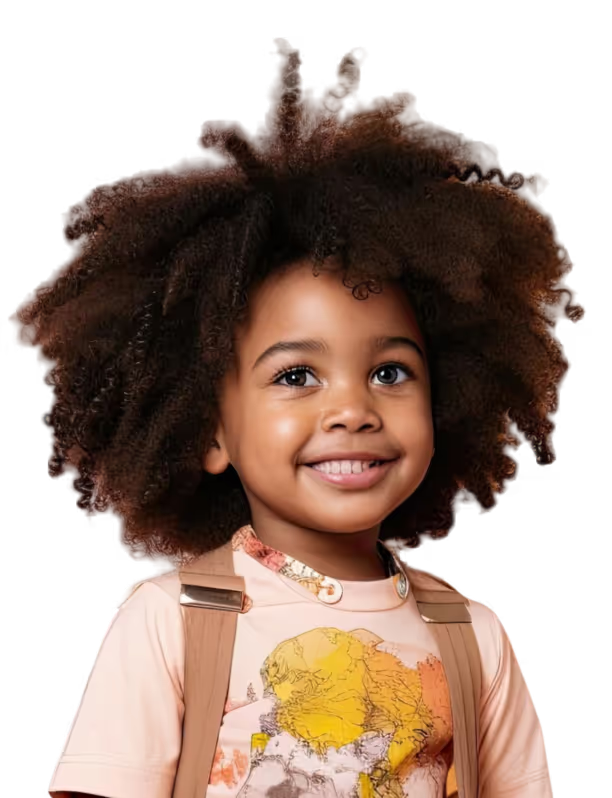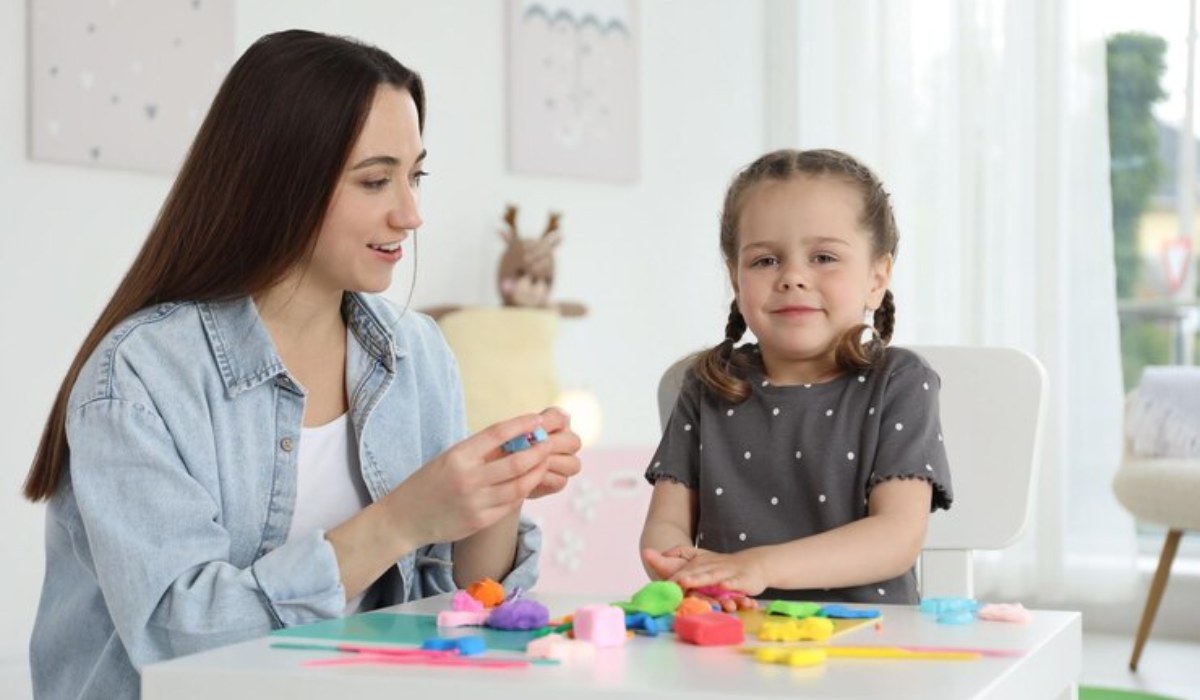Autism Facts for Students: Key Information to Know
.jpg)
When you think about school, what comes to mind? Classrooms buzzing with energy, friends laughing in the hallway, teachers explaining lessons? Now, imagine experiencing all of that a little differently. That’s where learning about autism facts for students makes a difference. Autism, also called Autism Spectrum Disorder (ASD), is not about being less capable. It’s about having a unique way of experiencing the world. Students with autism often see patterns others miss, focus deeply on their passions, and bring fresh ideas to classrooms. Isn’t that exciting to think about? The more we understand these differences, the better we become at celebrating them. So let’s explore the facts, the science, and the everyday school life of students on the spectrum.
What Exactly Is Autism?
Autism Spectrum Disorder is a developmental disorder that impacts a person's learning, communication, and interactions with others.The word "spectrum" means that it looks different for each person. Some might talk a lot, while others might speak less. Some might enjoy group projects, while others prefer working alone.
Researchers estimate that about 1 in 36 children in the U.S. is identified with autism, according to the CDC (2023). That number reminds us autism is not rare. Chances are, every school has students who are on the spectrum.
But here’s the exciting part—autism is not a limitation. Many people with autism have talents in math, art, music, memory, or problem-solving. Isn’t it inspiring to imagine a classroom where those strengths shine alongside everyone else’s?
Quick Autism Facts for Students
.jpg)
Here are some key points that show how autism may appear in school life:
- Autism is a spectrum—each student experiences it differently. One classmate may love group activities, while another prefers quiet work.
- Sensory sensitivity is common—sounds, lights, or textures can feel more intense. For example, bright lights in a science lab might feel overwhelming.
- Routine feels safe—predictability reduces stress and helps focus. A daily class schedule is often a big support.
- Passion is powerful—special interests fuel learning. A student fascinated by trains, for instance, might create an outstanding project on transportation.
- Social skills vary—Some students may need extra support in understanding social cues. They may take words literally, such as hearing “hit the books” and finding it confusing.
How Autism Shows Up in the Classroom
What does autism look like in school life? Teachers often describe a mix of strengths and challenges. Some students may:
- Prefer clear instructions over long explanations.
- Need extra time for tests or assignments.
- Struggle with loud cafeterias or crowded hallways.
- Focus deeply on a subject they love.
At the same time, many bring an incredible memory, sharp logic, or creative problem-solving. In fact, research shows students with autism often perform better in visual learning tasks than their peers (Kunda & Goel, 2011). That means charts, diagrams, and demonstrations can be their superpower.
The Power of Routine
Why does routine matter so much? Imagine switching classrooms without warning or finding your homework instructions suddenly changed. That level of unpredictability can be overwhelming. Students with autism often thrive when days follow a clear schedule.
Teachers who use visual timetables or step-by-step charts often see more focus and fewer frustrations. Even small signals like “5 minutes left” before transitioning can make a big difference. Isn’t that a strategy that helps everyone, not just those with autism?
Communication Styles
Autistic students communicate in different ways. Some use words, others gestures, pictures, or technology. The key is patience and clarity.
Tips that help in school include:
- Using concrete language: “Open your book to page 12” instead of “Get ready to read.”
- Showing instead of only telling: Demonstrating a science experiment rather than explaining it once.
- Giving wait time: Pausing after asking a question so the student can process.
Research published in the Journal of Autism and Developmental Disorders shows that visual supports improve classroom participation for autistic students (Dettmer et al., 2000). Isn’t it powerful how small adjustments can unlock learning?
Sensory World: The Hidden Factor
Did you know the hum of fluorescent lights or the echo in a gym can feel overwhelming for some autistic students? Sensory sensitivity is one of the most overlooked aspects of autism.
Students may:
- Wear headphones to block noise.
- Choose a quiet space to regroup.
- Avoid certain textures in art class.
One study found that over 90% of children with autism experience sensory challenges (Ben-Sasson et al., 2009). That means creating sensory-friendly spots in schools can be a game changer.
Social Life at School

Making friends can be tricky when social rules feel like a hidden code. While neurotypical students might know when to join a conversation, autistic students may miss those cues. But that doesn’t mean they don’t want friendships.
Peer mentoring programs have shown success. For example, studies by the University of Kansas found that structured peer support improved both social skills and confidence among autistic students. Isn’t it amazing how a little teamwork can open doors?
Academic Supports That Work
Teachers can make learning more inclusive with a few smart adjustments:
- Breaking tasks into steps: Smaller parts feel more manageable.
- Extra time on tests: Reduces stress and shows true ability.
- Flexible seating: Allowing a quieter spot when needed.
- Visual aids: Charts, pictures, or written instructions.
According to the National Professional Development Center on Autism Spectrum Disorder, 27 evidence-based practices improve school outcomes. These include peer-mediated instruction, video modeling, and structured teaching. What if every classroom adopted even a few of these? The ripple effect could be huge.
Common Myths—Busted
Let’s set the record straight:
- Myth: Students with autism can’t succeed socially.
- Fact: Many form deep, meaningful friendships. They just approach it differently.
- Myth: Autism means low intelligence.
- Fact: Intelligence varies just as in any group. Some autistic people have average IQ, some higher, some lower.
- Myth: They don’t feel emotions.
- Fact: They do. They may express them in ways others need to learn to read.
Isn’t it time we see differences as diversity, not deficiency?
Building an Inclusive Classroom
Here are small yet powerful actions teachers and classmates can try:
- Celebrate strengths: spotlight student interests in projects.
- Offer choices: “Do you want to write or draw your answer? ”
- Pair students up: structured buddy systems reduce isolation.
- Keep rules consistent: predictable expectations make classrooms feel safe.
When classrooms become more inclusive, all students benefit. Clear routines, visuals, and sensory awareness help everyone, not just autistic peers.
Why Schools Matter in Autism Awareness
Schools are not only places to learn math or history. They are mini-societies where empathy grows. By making schools autism-friendly, we’re teaching all students the value of acceptance. Isn’t that one of the greatest life lessons?
In fact, research shows that inclusive classrooms improve empathy and cooperation among all students (Szumski et al., 2017). That means learning about autism is just as important as learning with peers who have autism.
Key Takeaways: Autism Facts for Students
- Autism is common—about 1 in 36 kids are on the spectrum.
- Every autistic student is unique, so avoid generalizations.
- Routines, visuals, and concrete instructions make classrooms smoother.
- Sensory sensitivity is real—quiet zones and headphones help.
- Inclusion benefits everyone, not just autistic students.
When we understand these facts, we don’t just become better classmates. We become better people.
FAQ: Questions You Might Not Have Thought to Ask
1. Do autistic students enjoy group work?
Some do, especially when roles are clear. Others prefer independent tasks. The key is giving choices.
2. Why do some autistic students repeat words or phrases?
This is called echolalia. It helps with learning, processing, or calming themselves.
3. Can students with autism play sports?
Absolutely. Many excel in individual or structured team sports. With small adjustments, they can shine on the field or court.
4. Do autistic students always need extra help?
Not always. Support depends on the student and the situation. Some may only need sensory breaks, while others benefit from structured lessons.
5. How can classmates be good friends to autistic peers?
Be patient. Use clear words. Invite them to activities without pressure. Most importantly, treat them as equals, not exceptions.
Building a Community of Understanding
.jpg)
Learning these autism facts for students reminds us that school is not just about academics. With Achieve Better ABA, it becomes clear that true learning also means creating communities where every learner belongs. Autism is not a barrier. It’s a different perspective—one that enriches classrooms, sparks creativity, and teaches empathy.
When students understand, accept, and support each other, schools become places where everyone thrives. At Achieve Better ABA, we believe in providing families and schools across North Carolina with the guidance, tools, and strategies they need to nurture these environments. Every child has the potential to shine when given the right support, and that starts with awareness, patience, and encouragement.
If you’re ready to take the next step in building a supportive path for your child or student, reach out to us today. Together, we can make inclusion not just possible, but powerful.
Similar articles
Contact us today to learn more.


.jpg)
.jpg)
.jpg)
.jpg)





